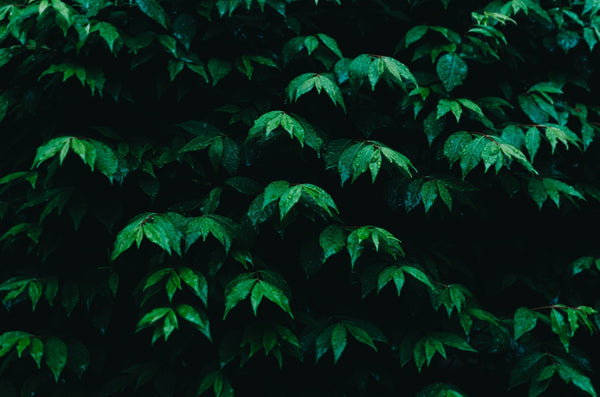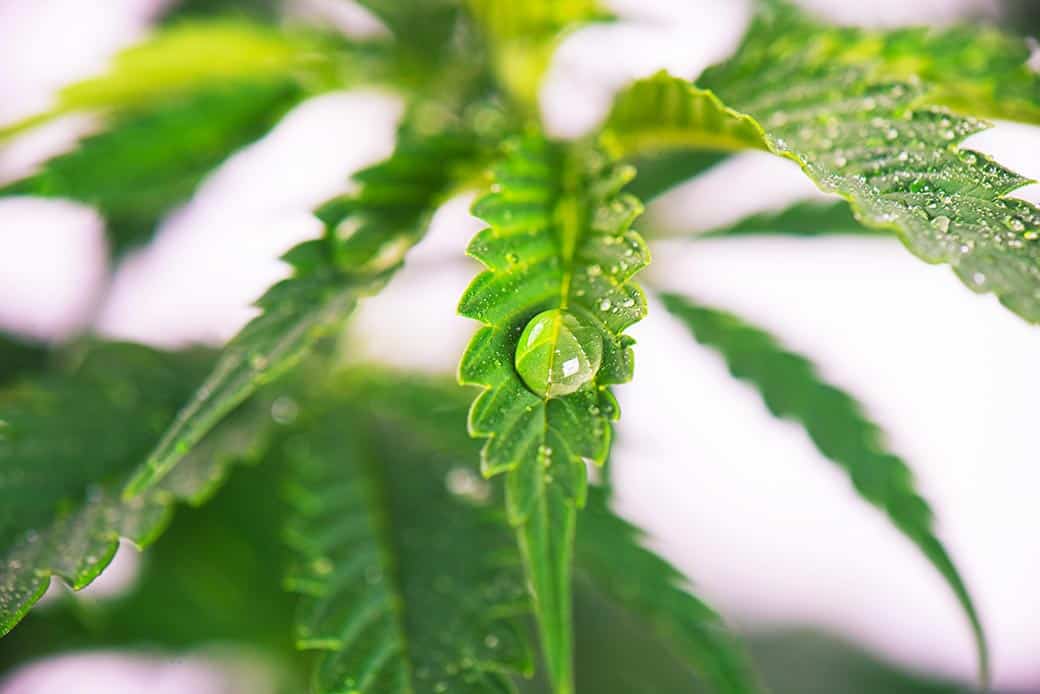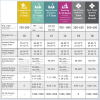Wondering people’s thoughts on what information a FLIR image can give in relation to humidity, light, EC or temperature adjustments.
This photo @ ambient 28.8, 65% humidity, led600w ec.7 dwc
After this photo I raised the light a little and turned off a couple of fans, slowed extractor to let humidity come up. Was this correct do people think?
Thanks, the vpd concept took me some reading.
This photo @ ambient 28.8, 65% humidity, led600w ec.7 dwc
After this photo I raised the light a little and turned off a couple of fans, slowed extractor to let humidity come up. Was this correct do people think?
Thanks, the vpd concept took me some reading.





















